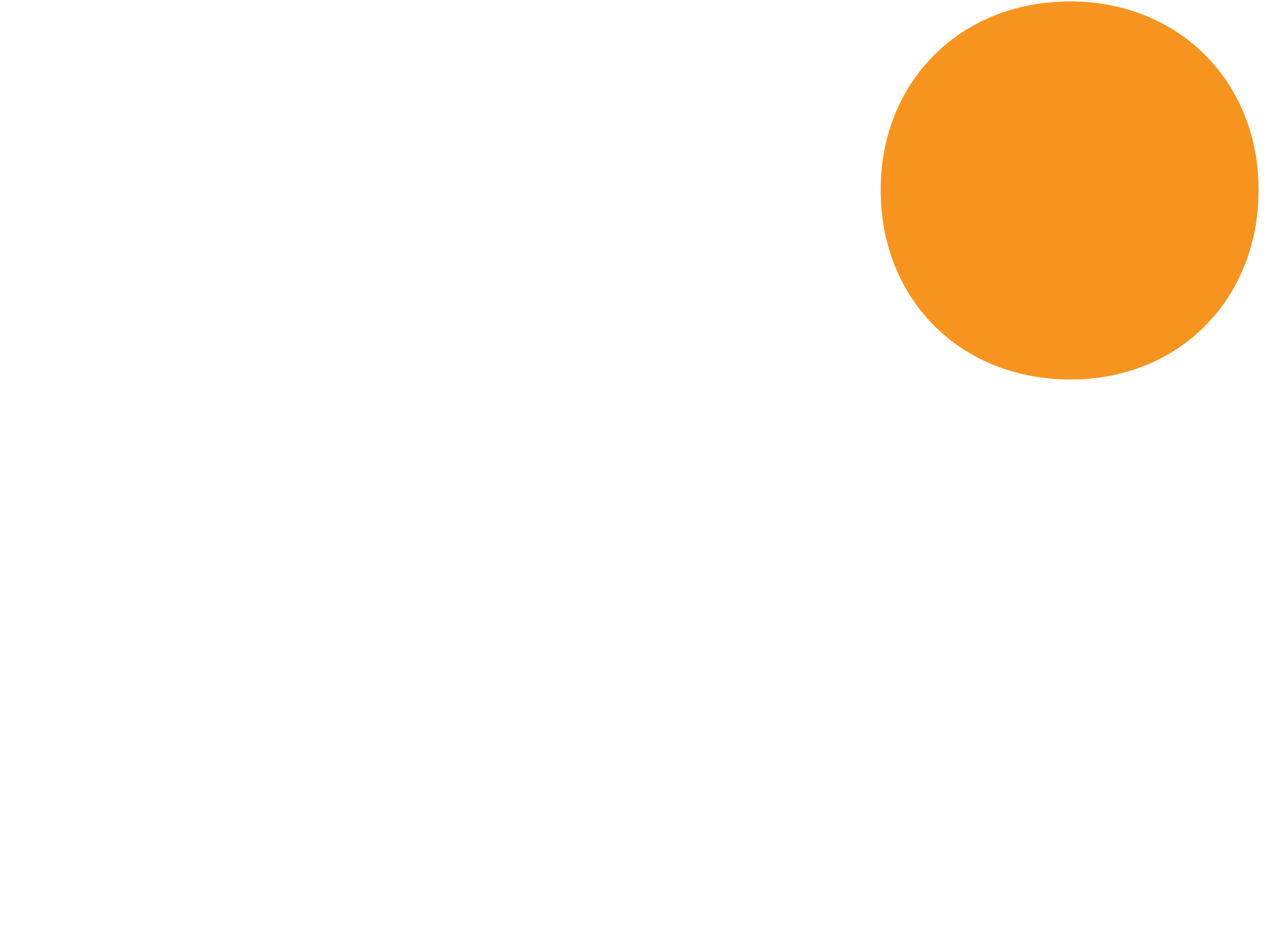In 1992, a group of privacy activists came together to write the Cypherpunk Manifesto, a call to arms for the right to privacy in an increasingly digital world.
The manifesto opens with a bold statement: “Privacy is necessary for an open society in the electronic age. Privacy is not secrecy. A private matter is something one doesn’t want the whole world to know, but a secret matter is something one doesn’t want anybody to know. Privacy is the power to selectively reveal oneself to the world.”
This distinction between privacy and secrecy was an important one to make in the early days of the Internet when encryption technologies were often conflated with criminal or unethical behaviour. The cypherpunks knew that in order for society to reap the benefits of emerging technologies like electronic cash, digital signatures, and anonymous communication networks, privacy-enhancing cryptographic tools needed to be broadly available to the public.
Many of the technologies we take for granted today were considered dangerous or subversive when first introduced by the cypherpunks three decades ago. End-to-end encryption, cryptocurrencies, anonymous remailers – these innovations were made possible by a group that recognized the importance of individual privacy and sovereignty in the digital realm.
As the manifesto states:
“We cannot expect governments, corporations, or other large, faceless organizations to grant us privacy out of their beneficence. It is to their advantage to speak of us, and we should expect that they will speak. To try to prevent their speech is to fight against the realities of information. Information does not just want to be free, it longs to be free. Information expands to fill the available storage space. Information is Rumor’s younger, stronger cousin; Information is fleeter of foot, has more eyes, knows more, and understands less than Rumor.”
Cypherpunk Manifesto
Three decades later, this scepticism of government and corporate interests remains valid. The cypherpunks understood that achieving digital privacy would require ordinary people to take matters into their own hands, by developing and deploying the necessary tech tools themselves.
The Path to Private, Digital Cash
One of the earliest goals of the cypherpunks was to create a form of digital cash that allowed for anonymous, censorship-resistant transactions. For digital cash protocols like David Chaum’s DigiCash and Adam Back’s Hashcash to work, advances in public-key cryptography were needed.
The cypherpunks pushed this research forward by collaborating, testing theories, and sharing ideas on email lists and at in-person gatherings. The first major public conference of cryptographers was organized by David Chaum in 1992 – a risky endeavour at the time, as civilian use of cryptography was still legally murky.
While DigiCash and other early attempts at e-cash did not fully realize the cypherpunk vision, they laid the groundwork for Bitcoin and today’s web3 ecosystem. Now, cryptography enables decentralization, immutability, and provable digital scarcity – giving individuals self-sovereignty over their money and data.
The Cypherpunk Ethos: “We Are Defending Our Privacy”
The Cypherpunk Manifesto concludes by naming some of the individuals in the movement: Timothy C. May, John Gilmore, Eric Hughes, and Julian Assange among them.
It ends with a call to action: “Cypherpunks write code. We know that someone has to write software to defend privacy, and since we can’t get privacy unless we all do, we’re going to write it. We publish our code so that our fellow Cypherpunks may practice and play with it. Our code is free for all to use, worldwide. We don’t much care if you don’t approve of the software we write. We know that software can’t be destroyed and that a widely dispersed system can’t be shut down.”
This DIY ethos remains alive today among hackers and crypto developers working at the leading edge of digital privacy tools. The cypherpunk spirit also lives on in activists and organizations like The 2140 Collective, which aims to raise awareness of critical issues at the intersection of technology and human rights.
As digital systems become increasingly integrated into our lives, the need for privacy-preserving alternatives is more urgent than ever. The cypherpunks saw this future three decades ago, and now it is up to the next generation to carry their vision forward into the 21st century.
You can download a copy of the Cypherpunk Manifesto here.




